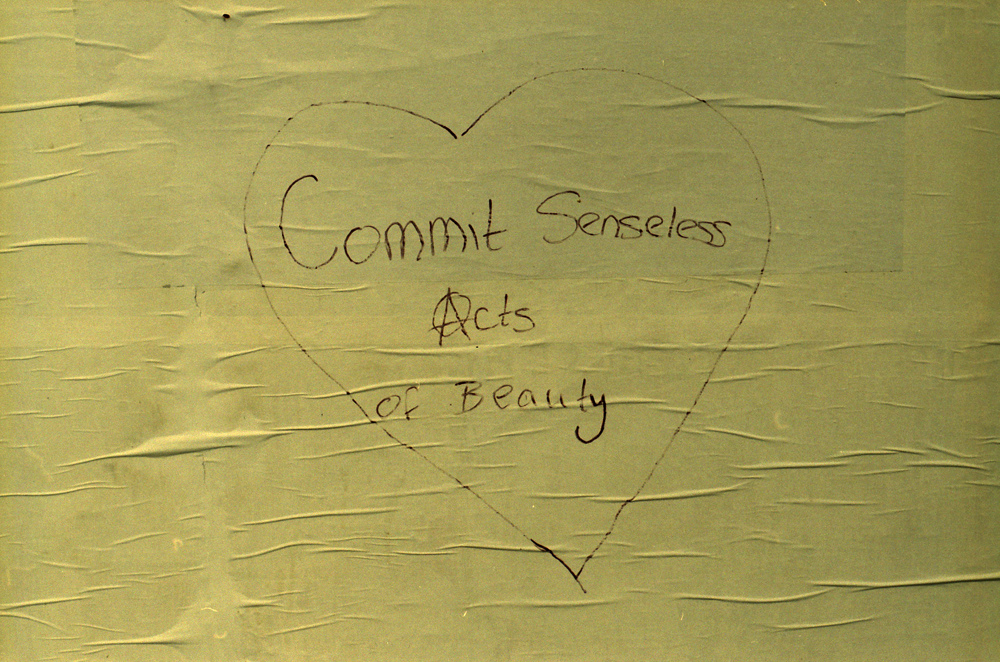
Category: in germany
i’ve always liked the concept of the “vegetable box“: once a week, a box stuffed with seasonal vegetables from a local farm is delivered to your doorstep. the veggies that get included are chosen by the farm and the selection is different every week.
so when i learned that they had it here in berlin as well, it was love at first sight. the maerkischekiste.de website is all in german, but with some help i was able to navigate it, and order our first box. it arrived this wednesday, bright and early:
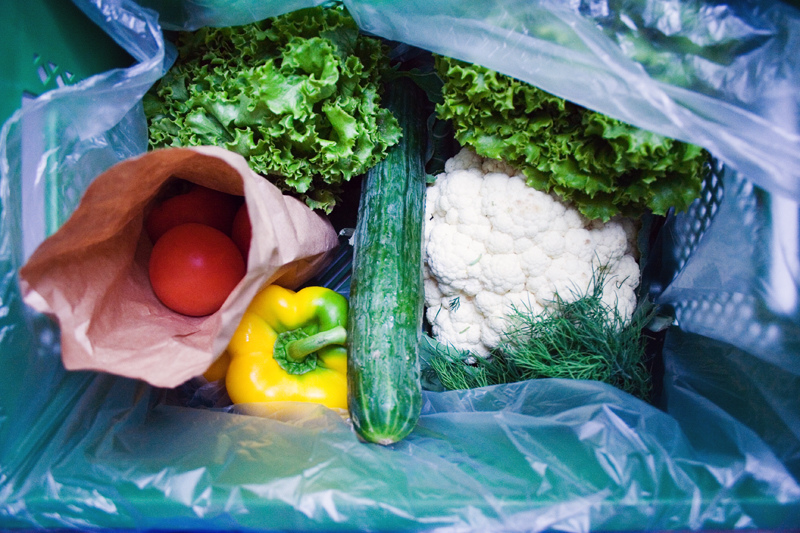
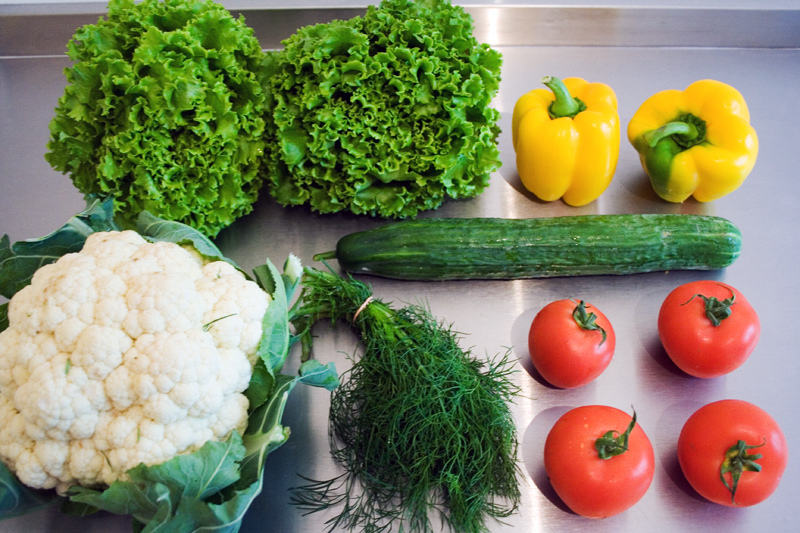
it included tomatoes, cauliflower, lettuce, peppers, dill and cucumber, all fresh and luscious. we’ve already done some asian cauliflower fried rice, used the peppers and tomatoes on ratatouille and sprinkled the dill on grilled salmon. come to think of it, i don’t think i ever bought fresh dill on a supermarket before, so in a way it’s nice to don’t have so much control over the grocery shopping. the surprise vegetables are a good motivator to learn new recipes! :)
i wonder what next week will bring?
magical U7 stations
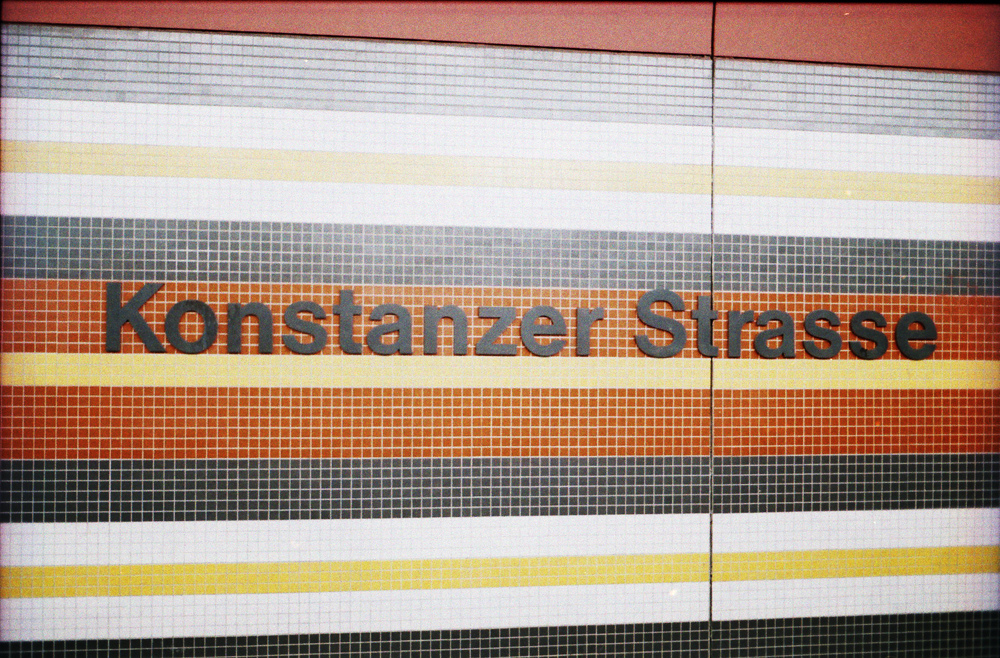
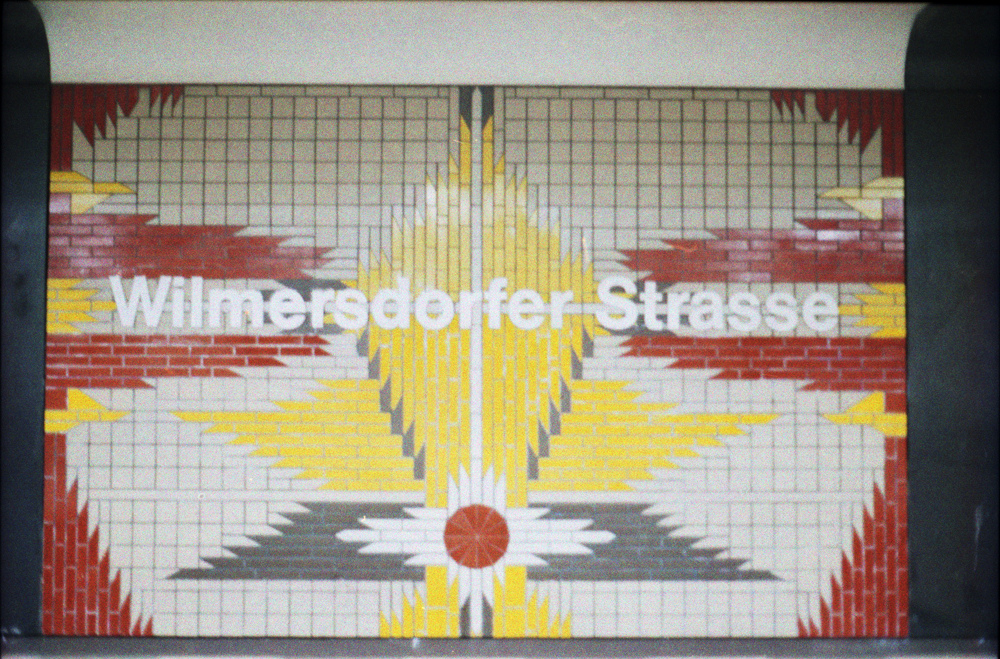
both with designs by r. rümmler, from the late 70s.
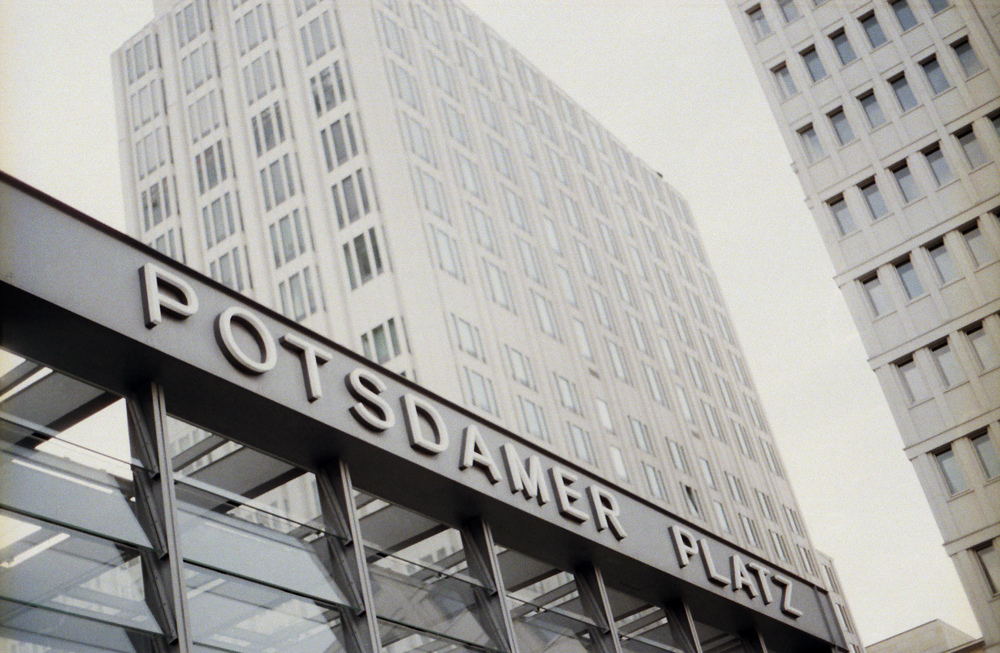
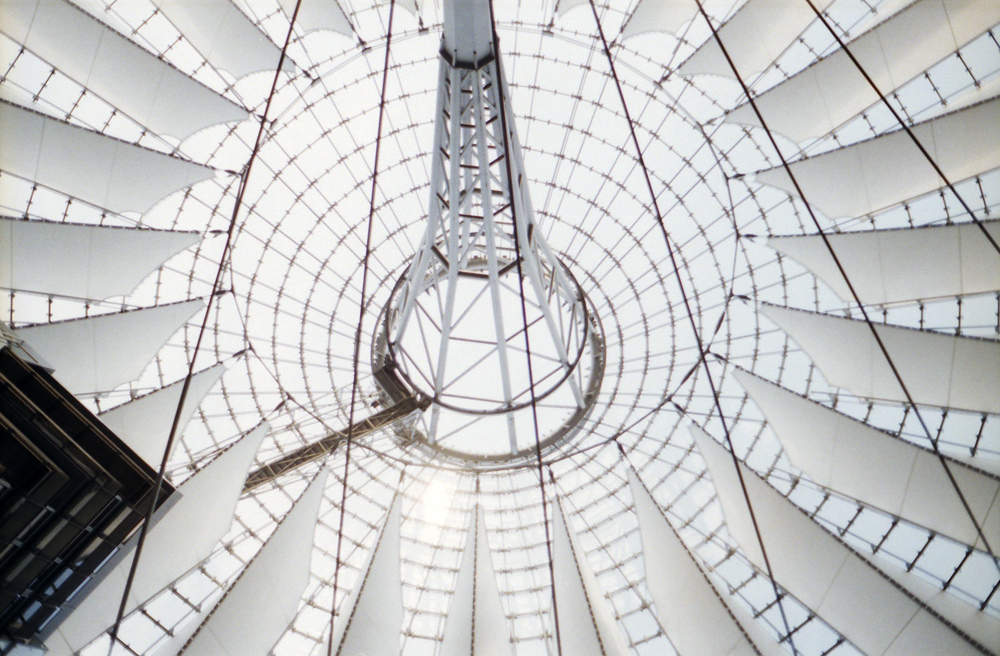
In the wild 1920s, the pleasure-seeking population would meet here in the cafes, varietés, cinemas and with the “women of the night”. And today? Let’s just say this: Potsdamer Platz is without a doubt, the place in Berlin that feels the least like Berlin. Berlin is eternally unfinished, raw, surprising, a little rough around the edges, confusing, ugly and yet beautiful. Potsdamer Platz on the other hand represents the highly polished picture of the modern urban dream that can be found all over the world. It has slick and smooth facades but it’s also disposable and hollow somehow. In the language of photography: Berlin is analogue and Potsdamer Platz is digital. But you should photograph it anyway, and then jump quickly back into Berlin!
quote from the awesome lomography city guide to berlin (thanks silvia!)
walking on history, I: bebelplatz
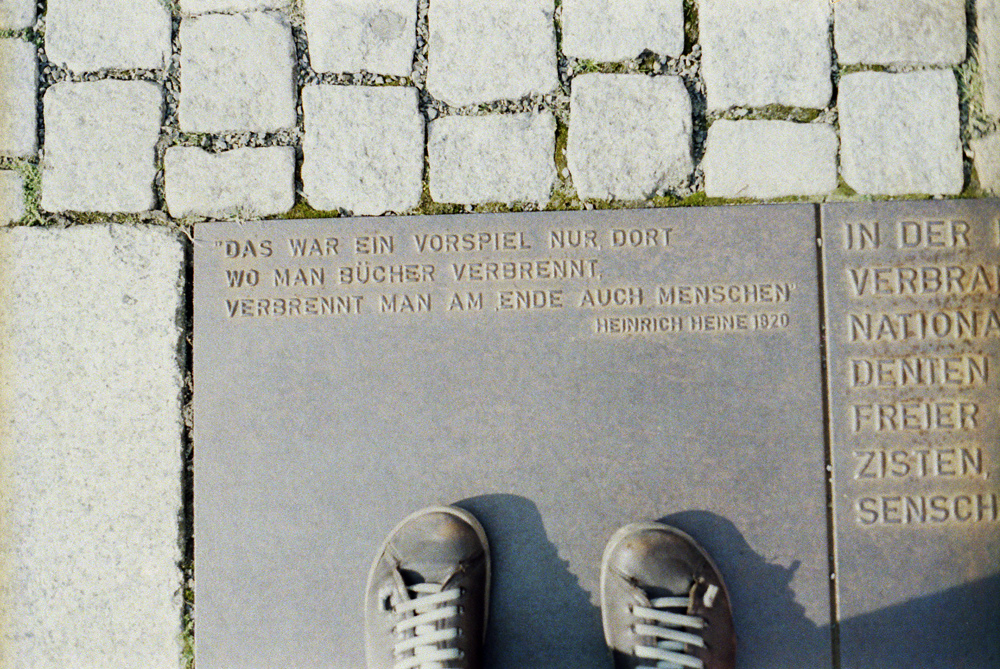
“That was but a prelude; where they burn books, they will ultimately burn people.”
the quote is by heinrich heine, a german-jewish poet. it was written in 1820, over a century before the nazi book burnings that took place in the square where it is now displayed. heine’s books where among those destroyed, along with titles by karl marx, bertolt brecht, thomas mann, ernest hemingway, etc.
more from this series.
